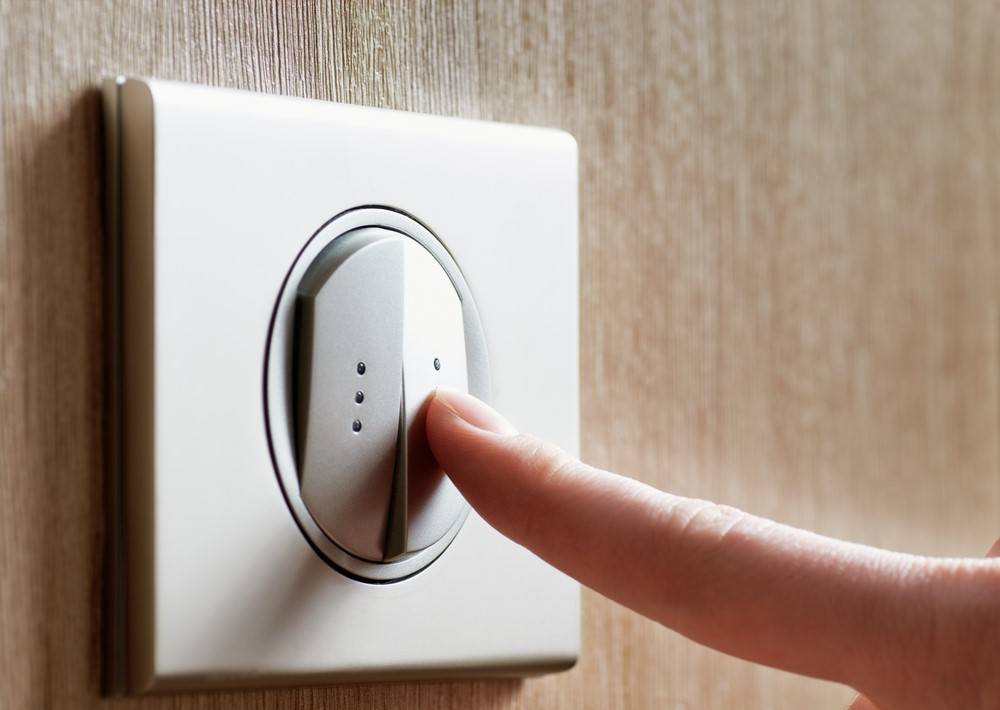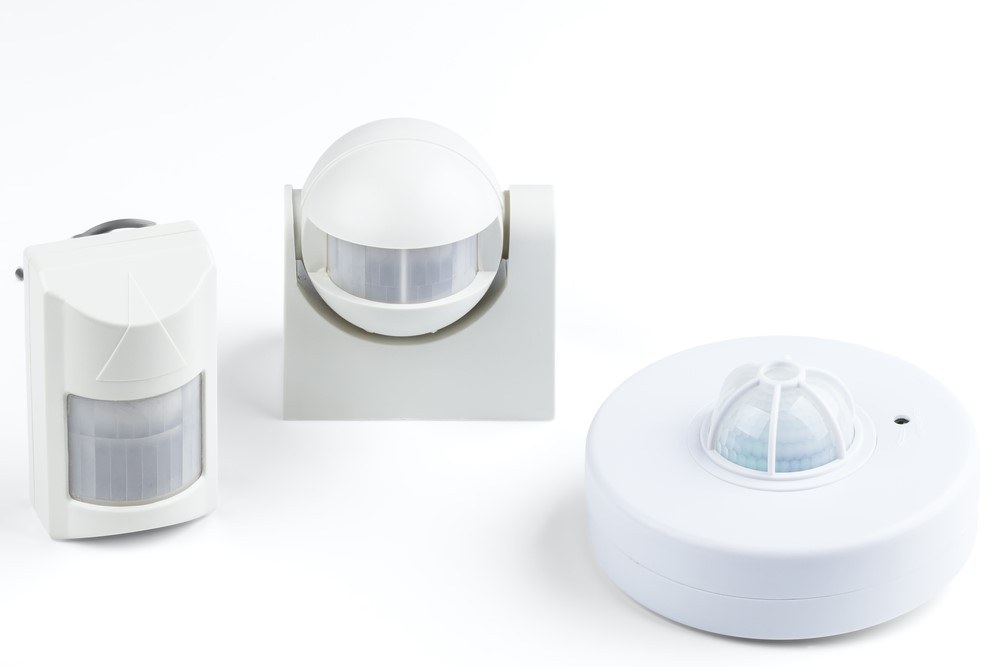How to Change A Light Switch to Be More Energy Efficient

Many consumers are familiar with energy saving techniques like controlling the output of air conditioners and heaters, purchasing Energy Star labeled appliances, and replacing conventional incandescent with LED or CFL light bulbs.
One little trick, however, a lot of people don’t know about is hidden in one very small, yet significant device – the light switch. Let’s take a look at how to change a light switch to be more energy efficient.
Dimmer Switches
Often used as a gadget to “set the mood,” the dimmer switch can also help you increase energy efficiency notably. That’s because, when you dim a light, you not only reduce its brightness, but also its wattage and output. In other words, the more you dim, the more you will save.
According to Lutron, dimmer switches will automatically save you 4-9% in electricity – even at the highest lighting levels – compared to a standard on-off switch. In fact, dimming your lights can save you up to 28% in energy.
In addition to reducing overall energy output levels, frequent dimming can contribute to extending your light bulb’s life span – in some cases by a factor of 20.
One last thought in regards to dimmer switches: contrary to popular belief, even halogen, CFLs, and, LED light bulbs can be dimmed. So there is no reason why you shouldn’t consider investing into one.
Motion-Activated Lights
What is commonly known as a motion sensor for outdoor lights is actually also available for interior fixtures. In both cases it will help you save on energy.
- Indoors – “Occupancy Sensors” are devices that can detect indoor activity within a certain area either by detecting sound (ultrasonic sensors) or heat and motion (infrared sensors). When someone enters the room, the lights will be turned on and stay on as long as there is on-going activity. When you exit the room – or after the last occupant leaves – all lights connected to the sensor will be switched off to save energy. These “occupancy sensors” are ideal for rooms with task lighting applications (e.g. kitchen counters), rooms where lights are accidentally left on (e.g. office space), or rooms you most likely enter with your hands full (e.g. laundry room).
- Outdoors – “Motion Sensors” are often used in association with outdoor security and utility lighting. They only turn on when they detect motion and are mostly set to turn off again a few minutes later.

Automated Systems
Similar to outdoor motion sensors, “Photosensor Controls” are programmed to turn lights on or off when a certain type of activity is detected. In this case, this activity is the one of the sun beaming light. Photosensors can be set to prevent outdoor lights from operating during daylight hours, so that motion-activated lights do not waste energy when no light is needed.
This is especially useful if, in addition to your motion sensor, you have a manual light switch that if turned on and forgotten, could cause your outdoor lights to burn up energy without anyone noticing all day.
With the invention of “smart homes,” which feature a centralized, digital system that controls virtually every device in the building through a remote control, digital keypad, or mobile app, there are now automated systems – such as Lutron’s “HomeWorks” – that take controlling your lights to a whole new level by offering intelligent and self-regulating programming options that control both lights and shades more precisely than anything known to the previous generations.
Timer Controls
Even though increasingly sophisticated digital light controls are entering the market, there is something to be said about the simplicity of the good old, manual timer control, which you can plug into an electrical outlet (both indoors and outdoors) and, subsequently, set to turn your lights on and off during specified hours.
The film “Home Alone” comes to mind, in which outdoor Christmas lights of an entire street in the protagonist’s neighborhood are controlled by timer controls to make the houses look occupied, even though everyone is on vacation.
These days, you can also opt for in-wall programmable digital timers, which look similar to digital thermostats and can manage both indoor and outdoor lighting setups.
It’s Wise to Make the Switch
It is quite fascinating to think about how many ways and varieties of light switches there are that could be saving you energy and money right now. Especially as we are approaching winter season, during which days are shorter and more energy will be consumed through the use of lights, now is the time to make a change.
For more ways to save money and your electric bill, be sure to check out benefyd’s mobile app, which creates a digital mock-up of your home and guides you through the areas that could lower your monthly energy bills.


